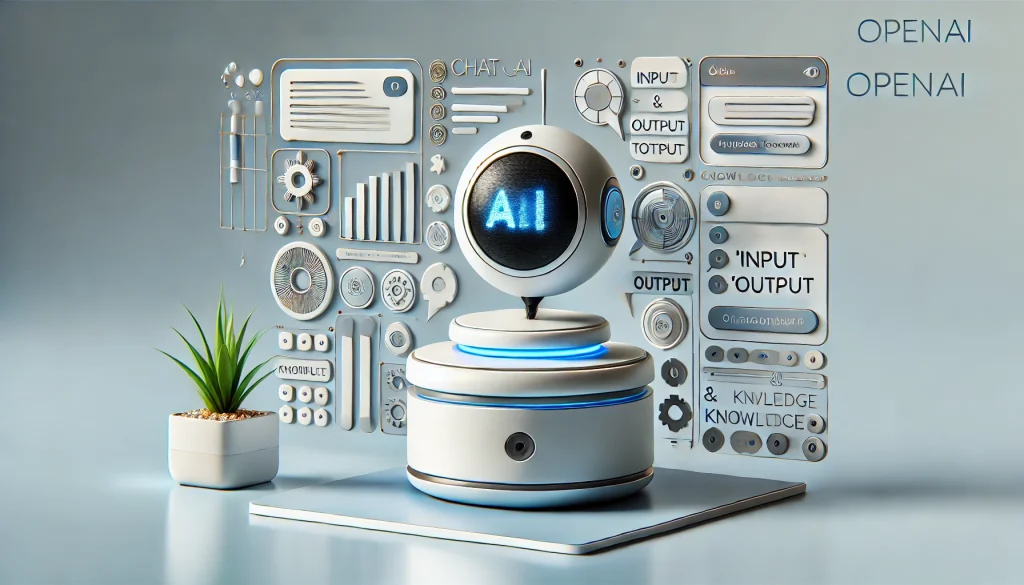In the pricing model for OpenAI’s services, distinguishing between “input” and “output” tokens is important for understanding costs, especially when dealing with a large knowledge base.
- Input Tokens:
- These refer to the text that you send to the model for processing. This includes the user’s query or instructions, and any additional context or information that you provide to the model to help it understand and respond to the query.
- If you are incorporating a large knowledge base as part of the input (for example, providing background information or context for a query), then this knowledge base text is counted as part of the input tokens.
- Output Tokens:
- These are the tokens in the response generated by the AI model. It includes everything that the model returns as an answer or output to your query.
- How the Knowledge Base is Treated:
- Included in Input: If you’re embedding portions of your knowledge base directly into the input for the AI to reference when generating a response, those tokens are part of the input and will be charged accordingly.
- Separate Reference: If the knowledge base is used by the AI model in a way that it doesn’t need to be included in the input (for instance, if it’s integrated into the model’s training or accessed separately by the model), it might not count towards the input token limit.
- Cost Implications:
- Input Cost: You will be charged $0.01 per 1,000 input tokens. So, the larger your input (including any portion of the knowledge base you include), the higher the cost.
- Output Cost: Similarly, you will be charged $0.03 per 1,000 output tokens for the AI’s response.
- Optimization:
- To optimize costs, consider how much of the knowledge base needs to be included in each input. Sometimes, providing a concise, relevant portion of the knowledge base as context is more cost-effective than including large amounts of text.
In summary, if your knowledge base is part of the input text you provide to the AI for each query, it will be counted as input tokens and will be charged as such. Optimizing the amount of knowledge base information included in each input can help manage costs.
Not sure what a “token” is? Please click here to read this article: “What is a token in OpenAI’s ChatGPT AI Assistant?”

